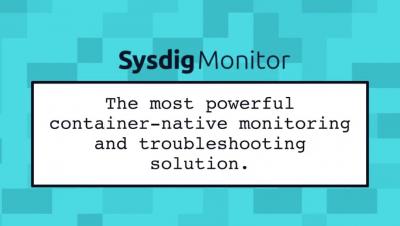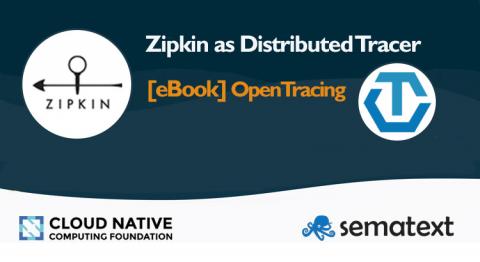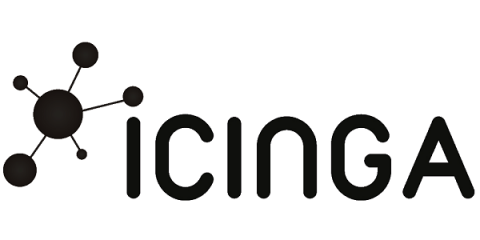Operations | Monitoring | ITSM | DevOps | Cloud
%term
OpenTracing: Zipkin as Distributed Tracer
In part one of the OpenTracing blog series we provided a good OpenTracing overview, explaining what OpenTracing is and does, how it works and what it aims to achieve. One of the key aspects of OpenTracing is that it is vendor neutral, and also that OpenTracing is just a specification. In order to instrument an application via OpenTracing API, it’s necessary to have an OpenTracing-compatible tracer correctly deployed and listening for incoming span requests.
OnPage Blast It - Mass Notification
Connecting the logs with event correlation
Security information and event management (SIEM) helps with managing and analyzing the vast amount of log information generated by networks. Of all the capabilities of SIEM, event correlation is the most powerful. This technique analyzes log data from your servers, applications, routers, firewalls, and other network devices, and identifies patterns of activity that indicate potential attacks.
Mattermost Recipe: Importing Active Directory users into Mattermost channels
Here’s the next installment of a new series of posts we’re doing on the Mattermost blog: Mattermost Recipes. The goal of these posts is to provide you with solutions to specific problems, as well as a discussion about the details of the solution and some tips about how to customize it to suit your needs perfectly.
Icinga Web 2.5.2 Bugfix Release
We are happy to announce a new bugfix release for Icinga Web 2. Official packages are available on packages.icinga.com. Community repositories might need a while to catch up.
Icinga 2.8.3 released
Today we are releasing a new support version of Icinga 2.8, a small one to pass the time until 2.9. This release includes fixes for the InfluxDB and Elasticsearch features. Please note that Elasticsearch 6 support is coming with 2.9. In addition to the fixes we’ve added support for multiple check parameters for the check_nscp_api plugin and working sysconfig/defaults variables support, you’ll also find many documentation updates.
Get Observability for Your Mobile Apps with Honeycomb
If you think about it, mobile apps are among the production services most in need of real observability: nearly countless hardware platforms and operating systems in combination with your app’s code result in a dizzying matrix of possible sources for any given issue, which means you need the power of true high-cardinality search to solve your problems.
Not All Hacks Are the Same, Plan Your Network Defenses Accordingly
Comparing Kubernetes Services on AWS vs. Azure vs. GCP
Containers are portable assets that let you design and deploy with little overhead from your development team. They take your monolithic code base and turn it into several lightweight modules that you can more easily manage and interconnect without worry of one small module taking out your entire application. This gives you more granular control of your code, but it also means that you have several moving parts as part of your platform.









